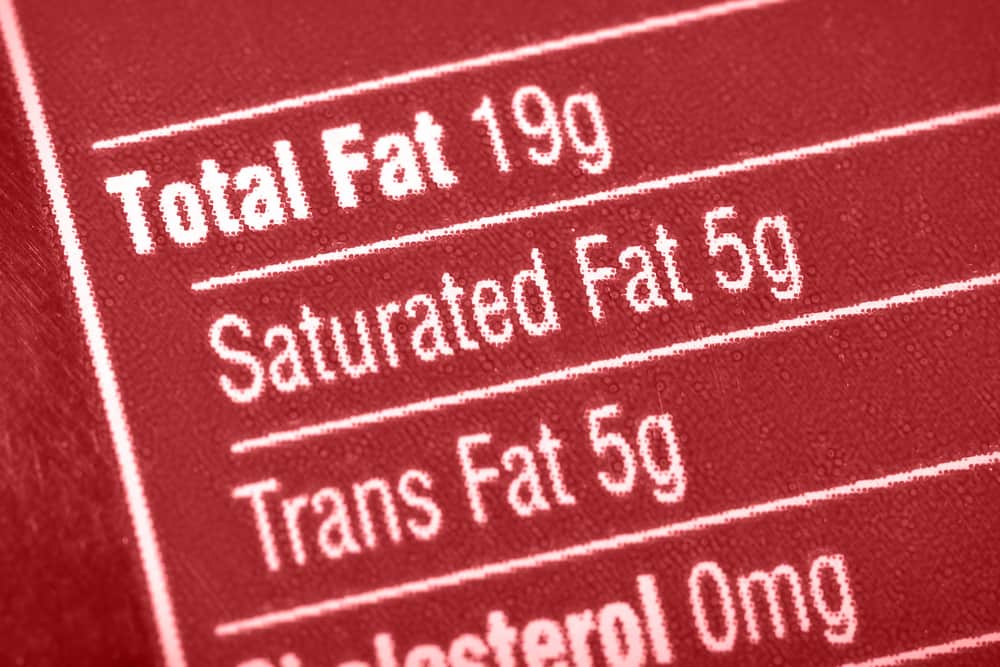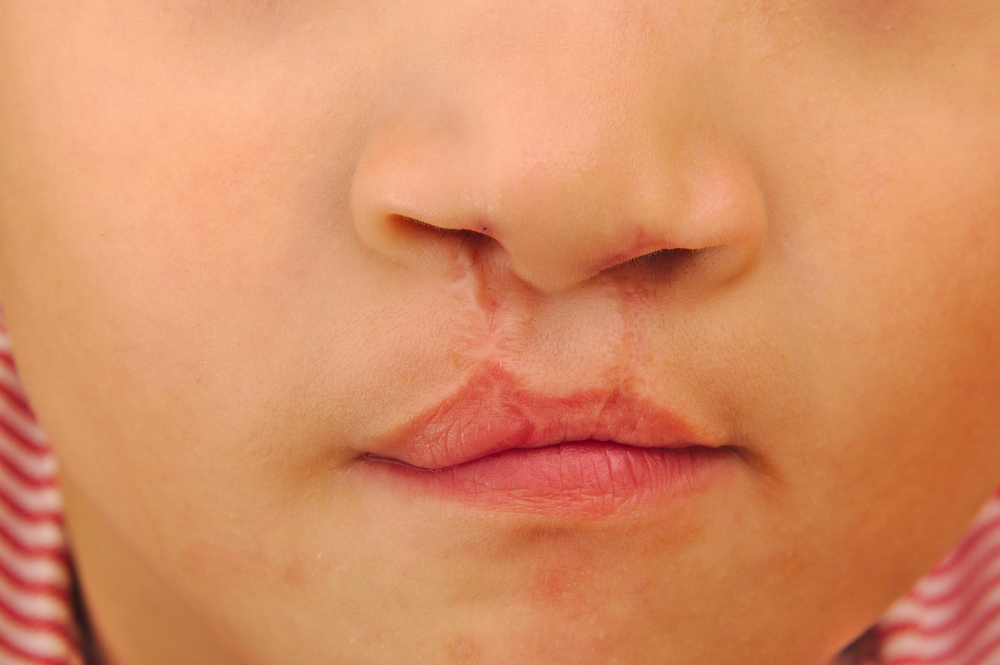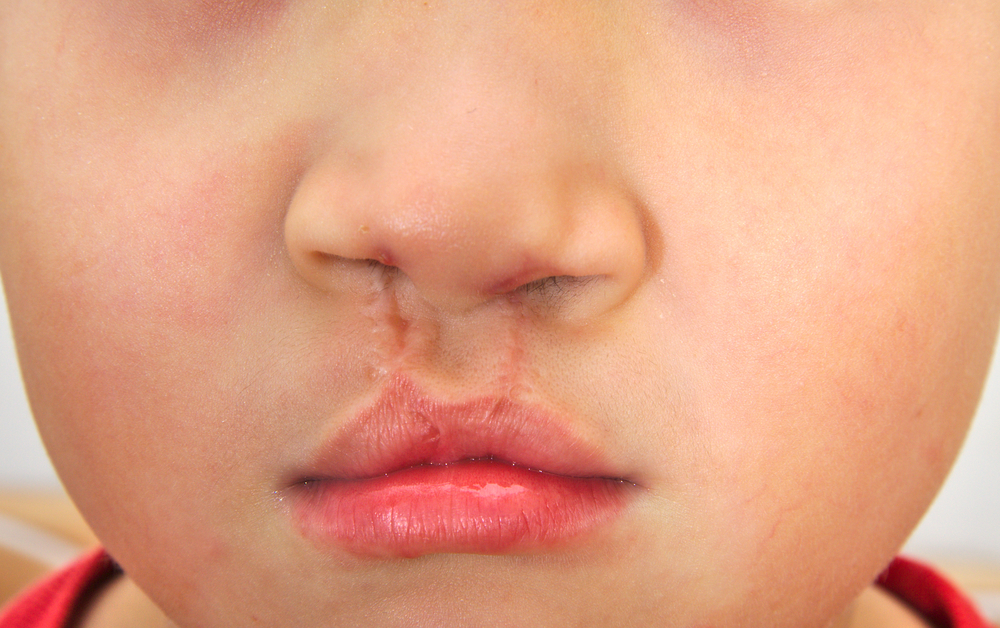Contents:
- Medical Video: Nutrition & Diets : What Is Trans Fat?
- What are the consequences on the body if you eat saturated fat mostly?
- What is the effect on the body if you eat trans fat mostly?
- If so, which is more sinister between trans fat and saturated fat?
Medical Video: Nutrition & Diets : What Is Trans Fat?
One of the biggest risk factors for heart disease is a diet high in bad fats: trans fat and saturated fat. The source of this fat is found in meat fat, butter, margarine, coconut milk, until all fried foods. But have you ever wondered, which one is more dangerous between saturated fat and trans fat?
What are the consequences on the body if you eat saturated fat mostly?
Saturated fats are found in foods, such as red meat, chicken, dairy products, such as cheese and ice cream, coconut milk, butter and margarine, and milk creams that contain saturated fatty acids. You can also find saturated fats in coconut oil, palm oil heads and other oils that have been used for frying (cooking) even though at first they include unsaturated fats.
Saturated fat can increase LDL cholesterol levels. Too much LDL cholesterol in the blood can cause fat buildup in the arteries. This can cause stunted blood flow to the heart and brain which increases the risk of heart disease and stroke. Most LDL cholesterol in the body also increases your risk of type 2 diabetes.
What is the effect on the body if you eat trans fat mostly?
Trans or trans fat fatty acids are formed when the oil liquid becomes solid fat. There are two types of trans fat found in food: trans natural fat and artificial trans fat. Natural trans fat is produced in the intestines of some animals and food produced from these animals. For example, milk and meat products.
Trans-made fats (or trans fatty acids) are produced from an industrial process that adds hydrogen to the liquid vegetable oil to make it more dense. Most artificial trans fats can be found in fried foods. Frying foods contain trans fat because vegetable oil used for frying undergoes a hydrogenation process that produces trans fat in these foods.
This artificial trans fat from hydrogenation can also be found in many foods that are similar to saturated fats, including:
- Biscuits
- Processed frozen food ready to use
- Snacks (such as potato chips and other chips)
- Fried
- Fast food (fried chicken, french fries, burger)
- Creamy coffee
- Margarine
- HVO (Hydrogenated Vegetable Oil)
- Shortening
Just like saturated fat, trans fat can increase LDL cholesterol levels. Too much LDL cholesterol in the blood can cause fat to accumulate in the arteries and block blood flow to the heart and brain. This condition increases the risk of heart disease and stroke. Most LDL cholesterol in the body also increases your risk of type 2 diabetes.
If so, which is more sinister between trans fat and saturated fat?
What makes trans fat and saturated fat slightly different is its effect on HDL good cholesterol. Saturated fat does not affect the level of good cholesterol in the blood. Meanwhile trans fats increase levels of bad cholesterol and also reduce good cholesterol levels.This effect of decreasing good cholesterol levels makes trans fat 2 times more dangerous than saturated fatty acids.
In the body, HDL cholesterol is responsible for transporting bad cholesterol back into the liver. In the heart, this cholesterol will be destroyed or released by the body through dirt. HDL cholesterol is actually needed by the body to prevent heart disease.
Although trans fat is more dangerous, it doesn't mean that you have to consume more saturated fat or replace your trans fat intake with saturated fat. The health risk between trans fat and saturated fat remains exactly the same if consumed too much. So, these two types of fat both need to be reduced in your daily diet.












